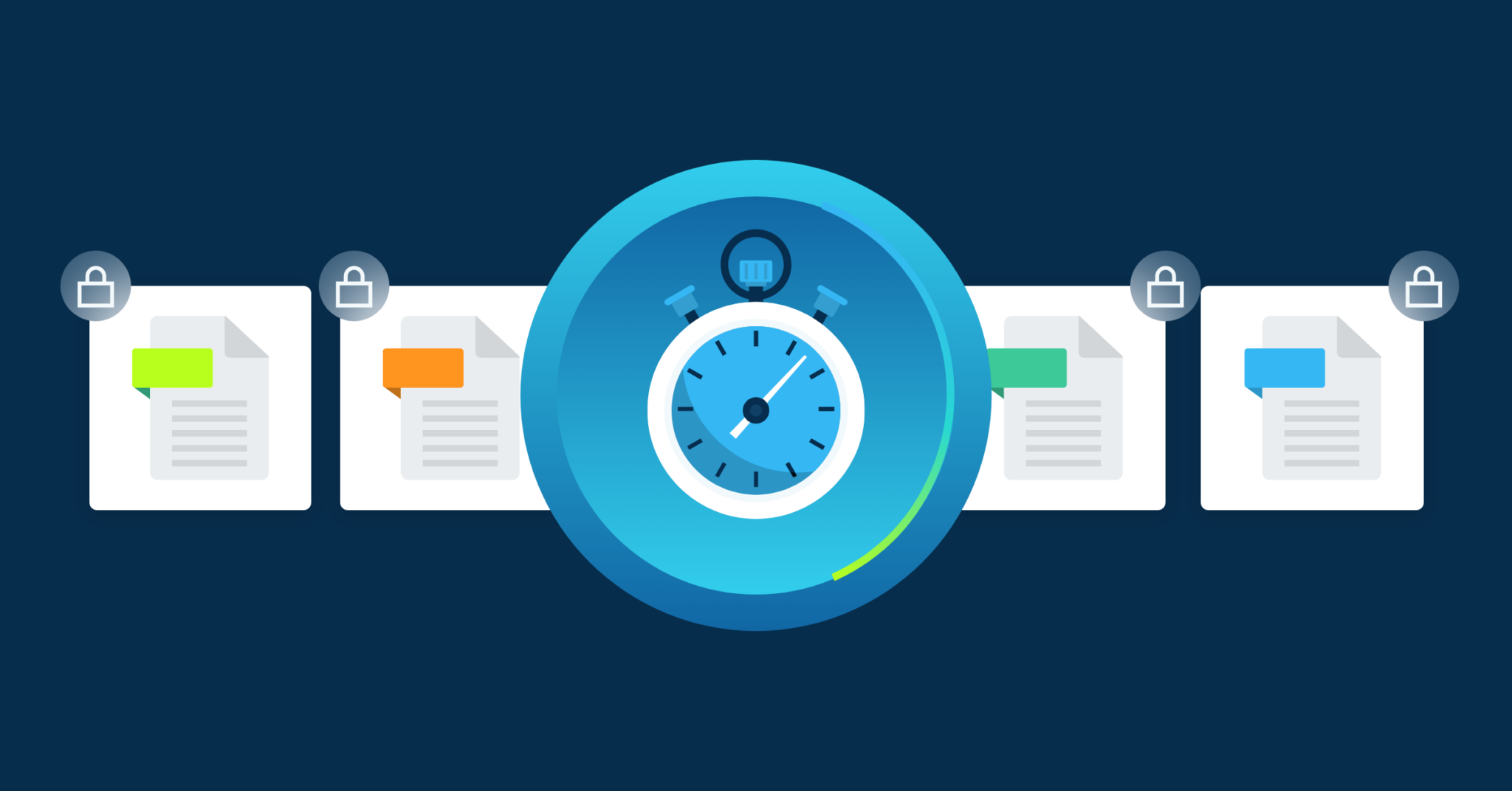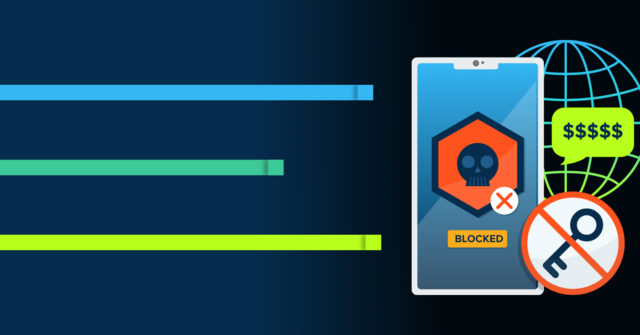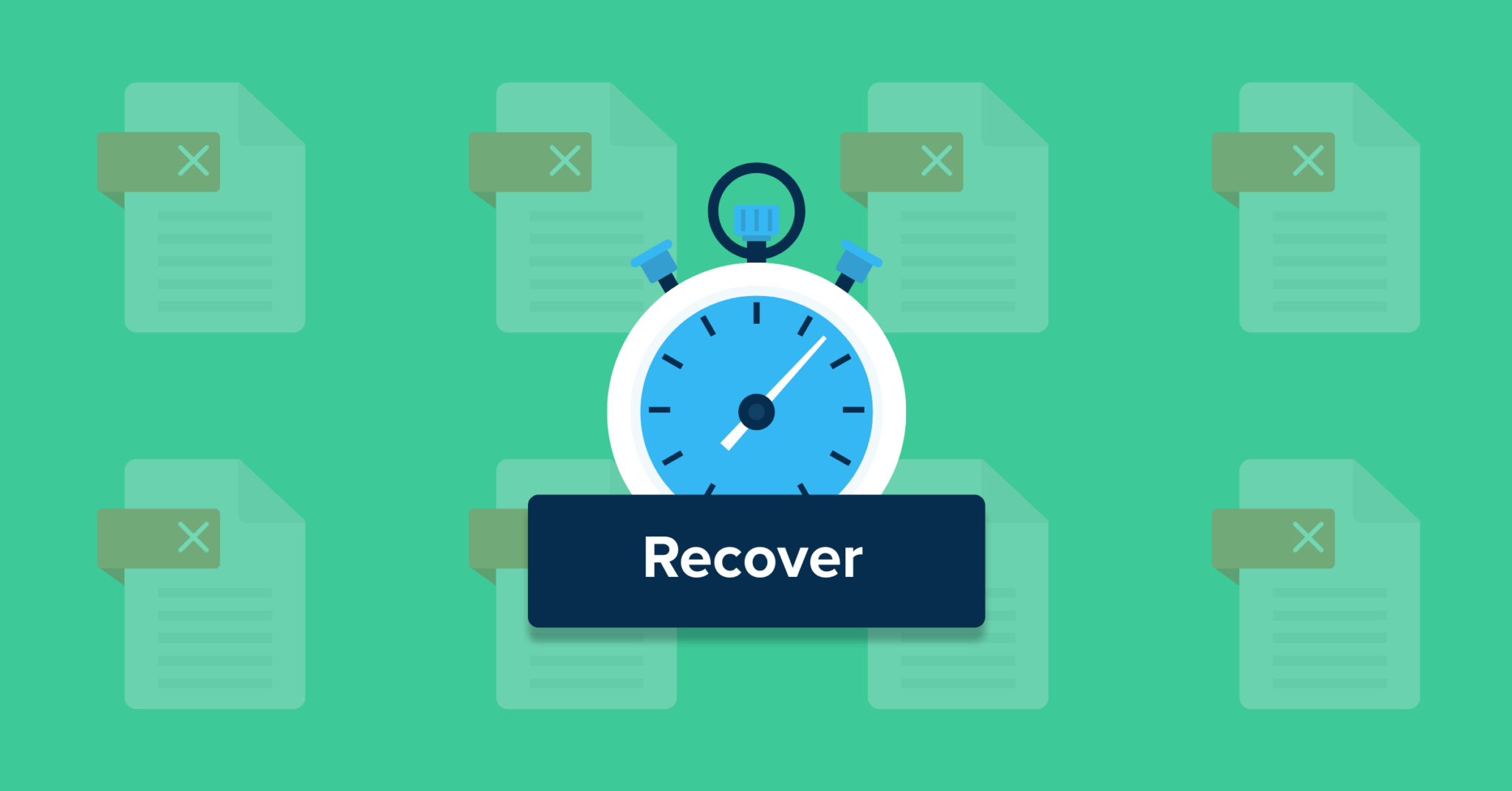
Why You Should Regularly Update Your Disaster Recovery (DR) and Business Continuity Planning (BCP) Plans
As businesses increasingly rely on technology to operate, it’s essential to have robust Disaster Recovery (DR) and Business Continuity Planning (BCP) plans in place. These plans help organizations prepare for and respond to disruptions caused by natural disasters, cyberattacks, hardware failures, or other unexpected events. However, a one-time creation of these plans is not enough; regular updates are necessary to ensure they remain relevant and effective. In short, your BCP and DR plans should evolve with your business.
Here are the 3 main reasons why you should update your DR and BCP plans regularly:
Reason 1: Changes in Your Business
As your business evolves, so do its strategies, technology needs, threats, risks and dependencies. Updates to your DR and BCP plans must reflect these changes. For example:
- New technology or applications introduced
- Changes in data center locations or cloud providers used
- Shifts in organizational structure or personnel
- Entrance into new markets and/or geographies
These changes can significantly alter risks to your organization and impact the effectiveness of recovery and continuity capabilities, making it essential to update it regularly.
Reason 2: Emerging Threats and Risks
New threats and risks emerge and evolve continuously, necessitating updates to your DR and BCP plans. Examples include:
- Increased reliance on cloud services and their vulnerabilities
- Evolving cyberattack tactics, such as AI-powered attacks
Regularly updating your plans ensures you’re prepared for these emerging threats and have the capabilities to respond quickly and resume operations effectively in the event of an attack, outage or disruption.
Reason 3: Regulatory Compliance
Regulatory requirements and industry standards are constantly evolving. Failure to comply with these changes can result in significant financial, legal and reputational consequences. Examples include:
* Updates to industry-specific regulations, such as HIPAA, NIST or PCI-DSS
* New compliance requirements for data protection, like the UK Data Protection Act and GDPR
*International standards such as ISO-27001
Regardless of the compliance framework, organizational and data resilience capabilities are foundational requirements for effective risk management and compliance. So, establishing, testing and updating BC and DR plans periodically is a key element to ensure your organization is able to recover and resume operations effectively when things go wrong.
Bottom line, updating your Disaster Recovery (DR) plans and Business Continuity Planning (BCP) regularly is crucial to ensuring the continued effectiveness of these critical strategies. By staying informed about changes in your business, emerging threats and risks, and regulatory compliance requirements, you can proactively mitigate potential disruptions and protect your organization’s reputation and operations.
How Often Should You Update Your Business Continuity Plan?
The general rule of thumb for updating DR and BCPs is that they should be systematically reviewed at least annually. However, the above reasons make clear that DR and BCPs may require more frequent review, as any significant changes to your business, compliance regulations, or new emerging threats in technology or cyberattack tactics can significantly impact data resilience.
Best Practices for Updating Your DR and BCP Plans:
1. Schedule regular reviews (e.g., annually or bi-annually) to assess the effectiveness of your plans.
2. Engage with key business partners and stakeholders to ensure visibility into strategic and tactical changes that may impact resilience capabilities.
3. Conduct periodic tabletop exercises, functional testing or simulations to test the effectiveness of your plans, uncover gaps and identify areas for improvement.
4. Update your plans as needed based on outcomes, changes to your environment both internally and externally, and risk footprint.
By following these best practices and staying vigilant about changes in your business, the threat landscape, and regulatory requirements, your organization will be better positioned to effectively respond and recover when unexpected events impact your business.
Interested in protecting your endpoint devices against ransomware and data loss? Try CrashPlan for free today.






